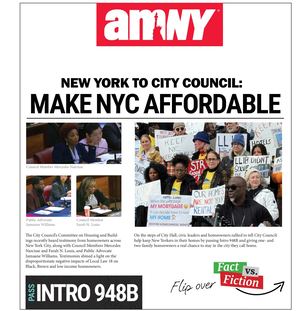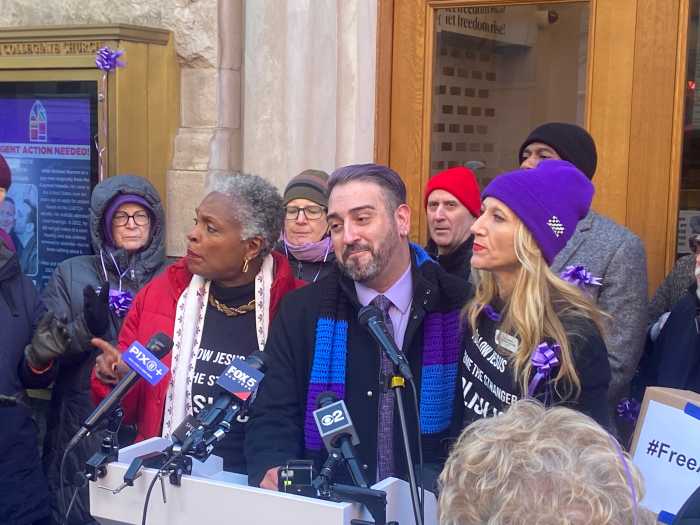Feeling down? Thinking about taking your life? Your Facebook friends are there to listen to you. The popular social network has recently expanded its anti-suicidal tool making it available in all languages supported by the platform.
Users can react to friends’ posts by flagging them as suicidal thoughts. The platform will provide a number of options according to the severity of the situation. In the worst-case scenarios Facebook’s advice is simply to contact the person and alert the 911.
If the user worried about a friend’s post doesn’t know exactly what to do he can refer the case to a team of experts who will evaluate it; in case of apparent risk, they will contact the person providing advice on how to cope with the situation.
A medium to help
Mental health organizations have welcomed the initiative as an opportunity to save lives amid a steady increase in the suicide rate among Americans. The rate increased by 24% between 1999 and 2014.
No Facebook algorithm is involved at any time in the response process. The popular platform, known for using complex algorithms to improve user experience and to deliver advertisements, opted to focus on the human factor as the only one capable of dealing with an issue so deeply related to the human condition.
When it comes to comforting a person contemplating suicide, the social network platform acts a simple medium facilitating human interaction. In this case, Facebook can be considered an example of public service.
Help is a click away
Yet, there is a something more profound. If the medium is the message, what can we learn from the fact that the human interaction is embedded in and funneled by a social media platform?
The binary logic behind the digital media organizes reality in a way that often removes the complexities of the analogic world. It is easy to connect to similar ideas and sensibilities: the well-known echo chamber effect. At the same time, online it is easy to avoid what we do not like. It takes just one click.
Social media made it easier to avoid face-to-face interactions. And not just in a literal sense: the self-image we tend to promote on social media is filtered, desirable and ultimately partial. All the complications are left out. If a member of my family or a colleague at work is passing through a difficult moment, I have to come to terms with it somehow. Not so in the virtual world. Would one click be enough to save a person in despair?
Roberto Capocelli is an intern for the Newsday and amNY editorial boards. This is part of an occasional series of guest amExpress columns. Subscribe at amny.com/amexpress.





































